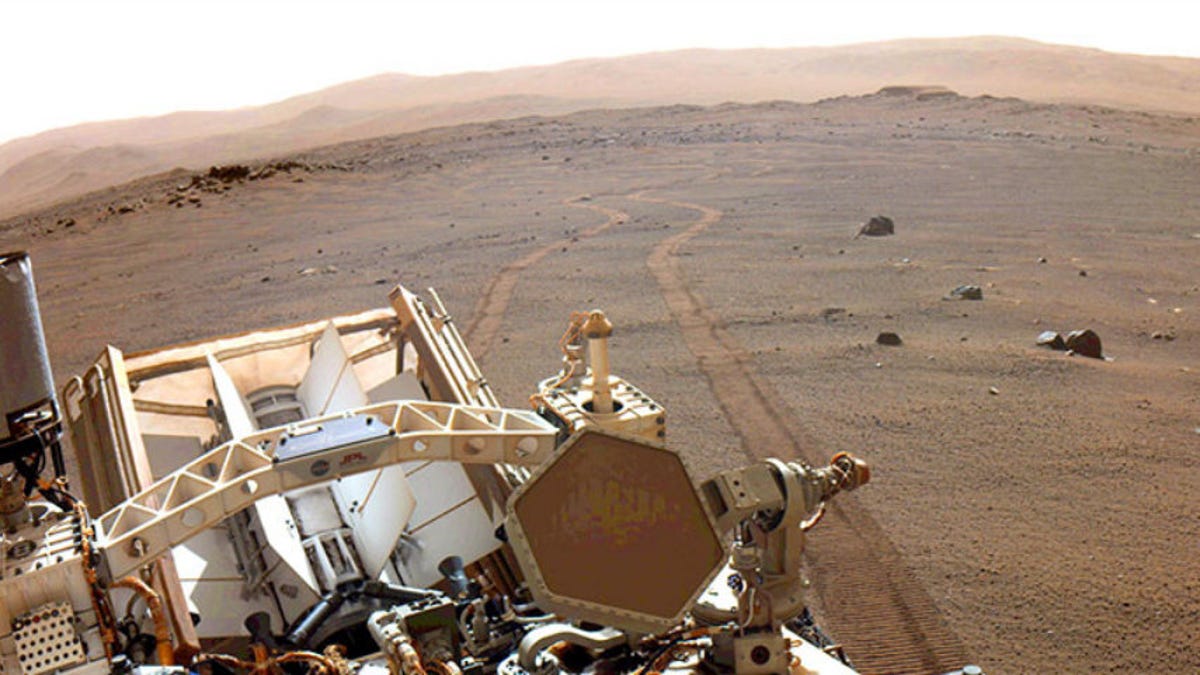Speed Demon NASA Rover Sprints Across Mars in Search of Ancient Life
The Perseverance rover is doing its best impression of a race car because scientists are eager to investigate an intriguing river delta.
There's a childlike joy to running flat out to get to someplace exciting. That's the sort of mode NASA's Perseverance Mars rover is in right now.
The Jezero Crater on Mars is full of geologic wonders the rover has been patiently exploring since landing just over a year ago. The rolling laboratory has learned some worthwhile things, but the rover's science team can't hide its anticipation for the next destination. Perseverance is heading to an enthralling river delta region and it's going at breakneck speed.
The now-dry crater has an intriguing history of water. The delta is of particular interest as a spot that could provide insights into the planet's past habitability. Percy is trying to find out if Mars ever hosted ancient microbial life.
"The delta is so important that we've actually decided to minimize science activities and focus on driving to get there more quickly," said Perseverance project scientist Ken Farley of Caltech in a NASA JPL statement on Friday. "We'll be taking lots of images of the delta during that drive. The closer we get, the more impressive those images will be."
The record-setting rover is looking to break some more records with what NASA describes as a "series of sprints to its next sampling location." Perseverance's trip, which started on March 14, will last for 3 miles (5 kilometers) of rough terrain. If all goes well, it will cover more distance in a single month than any previous rover.
NASA JPL shared a video tracing the rover's route to the delta.
Humans still direct the rover's movements, but the vehicle is kitted out with an advanced auto-navigation system that puts a lot of travel decisions in Percy's hands. It takes images of the terrain ahead, evaluates those images and plans its path to avoid obstacles or dangers. NASA calls this "thinking while driving."
"While previous rover missions took a slower pace exploring along their path, AutoNav provides the science team with the ability to zip to the locations they prioritize the most," NASA said. Once Percy reaches the delta, NASA will be looking for tempting rocks to collect. Those samples will hopefully be brought back to Earth by a future mission. Will what it finds in the delta change what we know about the habitability of Mars? NASA is putting the pedal to the metal to find out.


